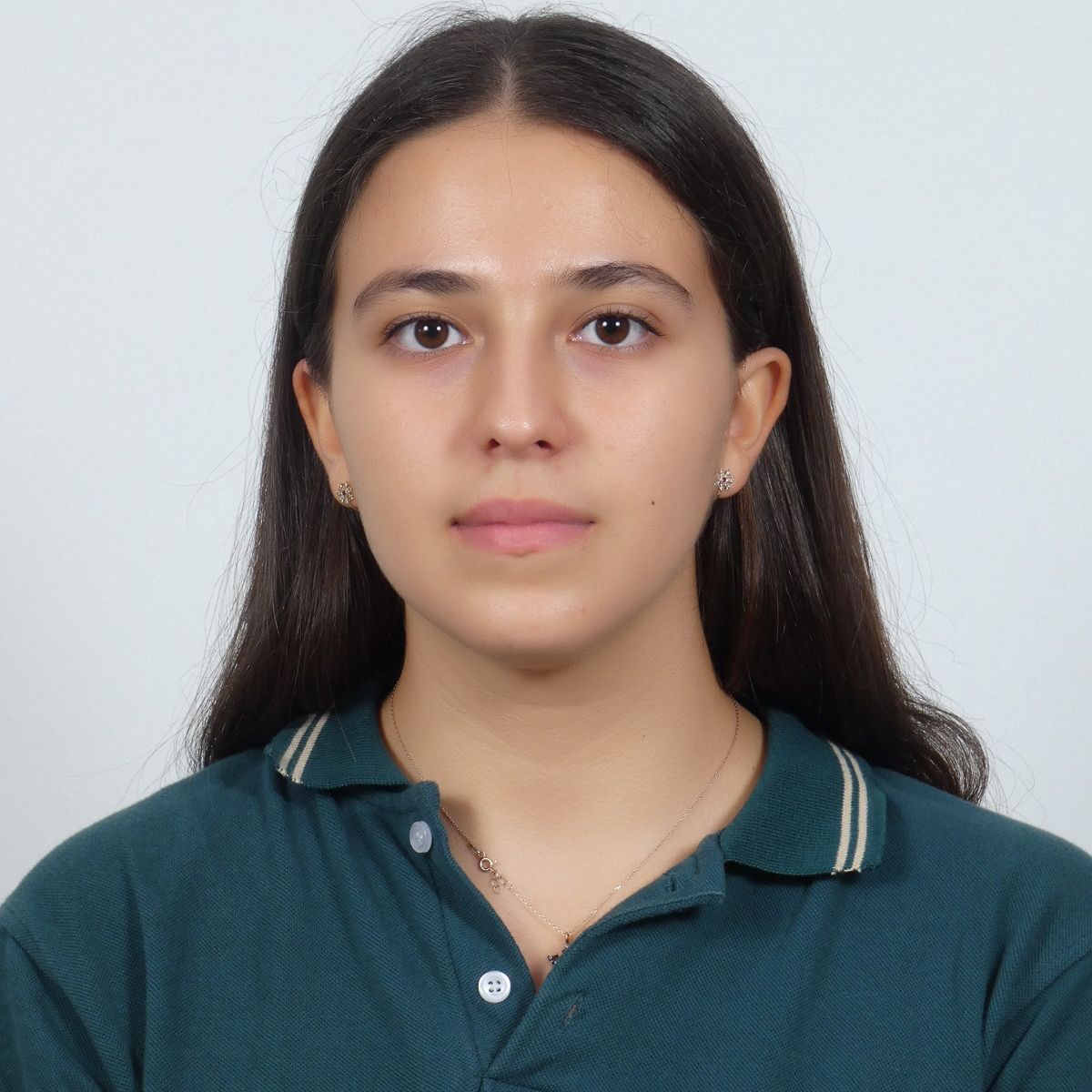1 Kg of Iron Has Equal Mass to 1 Kg of Cotton, But It Weighs Heavier!
 Johnson & Johnson
Johnson & Johnson
- Blog Yazısı
You know the famous question: "Which is heavier, 1 kg iron or 1 kg cotton?"
When this question comes up, if you know the correct answer, you stretch a bit and answer proudly: "Both are equal!" Congratulations! You are not fooled by the fact that the problem is trying to mislead you by playing into your intuition that since iron is solid and cotton is soft, one must be heavier than the other, even if they are both 1 kilogram.
Indeed, if two objects have the same masses (1 kg in this example), they must have equal weight. Of course, 1 kg of cotton will either have to be over-compressed (high density), or have an extremely high volume and cover a very large area. On the other hand, 1 kg of iron is a small amount of iron. This is due to the fact that the densities of iron and cotton (the mass that fits into a certain volume) are different - and it is this perception that the problem is using to deceive us: We tend to believe that all low density objects would have lower mass than high density objects, under all circumstances. Obviously, this is a false assumption.
Of course, 1 kg of cotton and 1 kg of iron will have the same weight if and only if they are measured at the same point. Because remember: "mass" and "weight" are different things. Weight is mass multiplied by the gravitational acceleration. Even though the mass is constant, the gravitational acceleration can be different even at two points on Earth. Therefore, two objects of the same mass may have slightly different weight values in, say, Australia and Mongolia.
However, this is not the most interesting aspect of this seemingly simple question!
A Scale Weighs Equal Masses Of Iron And Cotton Differently!
The most surprising fact is this: Even if you weigh these two objects with the same scale at the point where the gravitational acceleration is exactly the same, their weights will be different! This is not because of mass or gravitational acceleration. It is due to the working principle of scales.
Although a scale gives you a "kilogram" value when you get on a scale (or a "pound" value, if you live in one of those countries), in fact, the unit that a scale measures is "kilogram-force". Therefore, scales measure the force exerted by the load on them and convert it to kilograms.
So if the gravitational acceleration is exactly the same, how can different values be measured? It is because of the buoyancy. Although buoyancy is a property we usually associate with liquids like water, it actually applies to all fluids. Since air is also a fluid, it has buoyancy; that is, the air exerts an upward force on iron, your body, and cotton. This acts on the weight of the object and reduces the force acting downward onto the scale. Since the volume and the cross-sectional properties of 1 kg of cotton will be different from those of 1 kg of iron (especially if the cotton is not squeezed into a high-density ball), the buoyant force acting on it will also be different (and much more than that of the iron). Due to this reason, 1 kg of iron will indeed weigh more than 1 kg of cotton; even if their mass is exactly the same.
Solving this problem is simple: If you repeat the same measurement in a vacuum chamber, then you will measure the mass of either object exactly the same (given that your chamber is not as large as the Earth itself and hence, you are practically making the measurement in very close proximity to one another so that we can ignore gravitational acceleration variations).
Don't be upset if you cannot observe this difference between a kilo of cotton and a kilo of iron, as most commercial scales are not that sensitive. However, you should be able to observe it with a sensitive enough scale.
Therefore, the true version of the famous question should be asked as follows:
Which is heavier at the exact same spot on Earth and in a vacuum chamber: 1 kg iron or 1 kg cotton?
- 1
- 0
- 0
- 0
- 0
- 0
- 0
- 0
- 0
- 0
- 0
- 0
Evrim Ağacı'na her ay sadece 1 kahve ısmarlayarak destek olmak ister misiniz?
Şu iki siteden birini kullanarak şimdi destek olabilirsiniz:
kreosus.com/evrimagaci | patreon.com/evrimagaci
Çıktı Bilgisi: Bu sayfa, Evrim Ağacı yazdırma aracı kullanılarak 02/12/2025 16:37:46 tarihinde oluşturulmuştur. Evrim Ağacı'ndaki içeriklerin tamamı, birden fazla editör tarafından, durmaksızın elden geçirilmekte, güncellenmekte ve geliştirilmektedir. Dolayısıyla bu çıktının alındığı tarihten sonra yapılan güncellemeleri görmek ve bu içeriğin en güncel halini okumak için lütfen şu adrese gidiniz: https://evrimagaci.org/s/11397
İçerik Kullanım İzinleri: Evrim Ağacı'ndaki yazılı içerikler orijinallerine hiçbir şekilde dokunulmadığı müddetçe izin alınmaksızın paylaşılabilir, kopyalanabilir, yapıştırılabilir, çoğaltılabilir, basılabilir, dağıtılabilir, yayılabilir, alıntılanabilir. Ancak bu içeriklerin hiçbiri izin alınmaksızın değiştirilemez ve değiştirilmiş halleri Evrim Ağacı'na aitmiş gibi sunulamaz. Benzer şekilde, içeriklerin hiçbiri, söz konusu içeriğin açıkça belirtilmiş yazarlarından ve Evrim Ağacı'ndan başkasına aitmiş gibi sunulamaz. Bu sayfa izin alınmaksızın düzenlenemez, Evrim Ağacı logosu, yazar/editör bilgileri ve içeriğin diğer kısımları izin alınmaksızın değiştirilemez veya kaldırılamaz.








